A Glomerular Disease With Marked Loss Of Protein Is:
A glomerular disease with marked loss of protein is:. Depositions of anti-canine complement factor C3 were not observed. Autosomal dominant Alport syndrome is caused by a mutation in the gene e. Damage to podocytes structural damage of glomerular filtration barrier massive renal loss of protein.
This discordance indicates abnormal losses of low molecular weight proteins that are normally reabsorbed in the proximal tubule and is indicative of abnormal tubular function as seen in. Foamy urine a sign of protein in your urine proteinuria. In contrast glomerular amyloidosis usually leads to marked proteinuria.
Immunofluorescent staining persisted 10 weeks after inoculation despite resolution of proteinuria and probably represented passive trapping of immunoglobulins. What are the signs and symptoms of glomerular disease. When protein-coated walls begin to thicken they can no longer absorb and transport nutrients and oxygen.
NEPHROTIC SYNDROME Clinical complex characterized by Heavy proteinuria 35 gday Hypoalbuminemia Edema Hypelipidemia Hyperlipiduria Proteinuria. Alport syndrome is a hereditary glomerular nephritis associated with hearing loss and eye abnormalities and is classified as X-linked Alport syndrome autosomal recessive Alport syndrome and autosomal dominant Alport syndrome. Signs of glomerular disease include one or more of the following.
Nephrotic-range proteinuria is defined as protein excretion 35 gd in. A glomerular disease with marked loss of protein is A Hydronephrosis B from NURSING 3309 at University of Texas Arlington. Eosinophilic granulomatosis with polyangiitis.
The nonfamilial form of amyloidosis usually affects middle-aged to older dogs and cats. Symptoms Some common symptoms of glomerular disease are. Some people with glomerular disease have nephrotic syndrome.
It is usually caused by renal tubular disease which prevents reabsorption of protein filtered by the glomeruli. IgA nephropathy Berger disease Granulomatosis with polyangiitis.
Immunofluorescent staining revealed moderate to marked deposition of anti-canine IgG and IgM in the glomerular tufts and mesangium.
Foamy urine a sign of protein in your urine proteinuria. The result is an increase in urine production which can progress until there is marked damage to the sensitive glomerular filter. This consists mostly of albumin 70 and other high-molecular-weight proteins transferrin immunoglobulin G 30. Because PC is known to associate with actin cytoskeletal proteins in the podocytes and loss of this interaction disrupts glomerular barrier function hyposialylation might explain the renal defect in the GneM712TM712Tmutants. This discordance indicates abnormal losses of low molecular weight proteins that are normally reabsorbed in the proximal tubule and is indicative of abnormal tubular function as seen in. Some people with glomerular disease have nephrotic syndrome. NEPHROTIC SYNDROME Clinical complex characterized by Heavy proteinuria 35 gday Hypoalbuminemia Edema Hypelipidemia Hyperlipiduria Proteinuria. It is usually caused by renal tubular disease which prevents reabsorption of protein filtered by the glomeruli. Symptoms Some common symptoms of glomerular disease are.
IgA nephropathy Berger disease Granulomatosis with polyangiitis. This discordance indicates abnormal losses of low molecular weight proteins that are normally reabsorbed in the proximal tubule and is indicative of abnormal tubular function as seen in. In glomerular disease holes are punched in the filtration system allowing proteins to pass into the filtered fluid. IgA nephropathy Berger disease Granulomatosis with polyangiitis. Animals with the familial form of the disease are usually diagnosed at a. Sialylation of PC is reduced in glomeruli from GneM712TM712Tmutant mice 1. Glomerular disease is a completely different kind of kidney disease glomerular disease is a disease of protein loss.

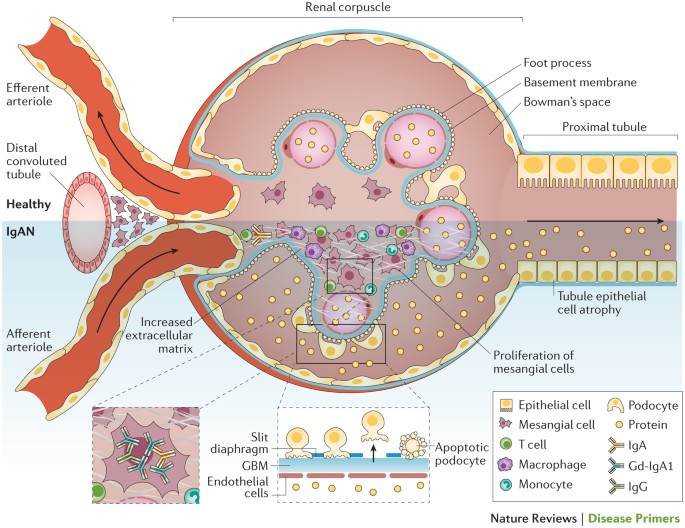
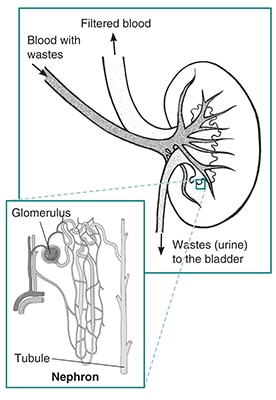
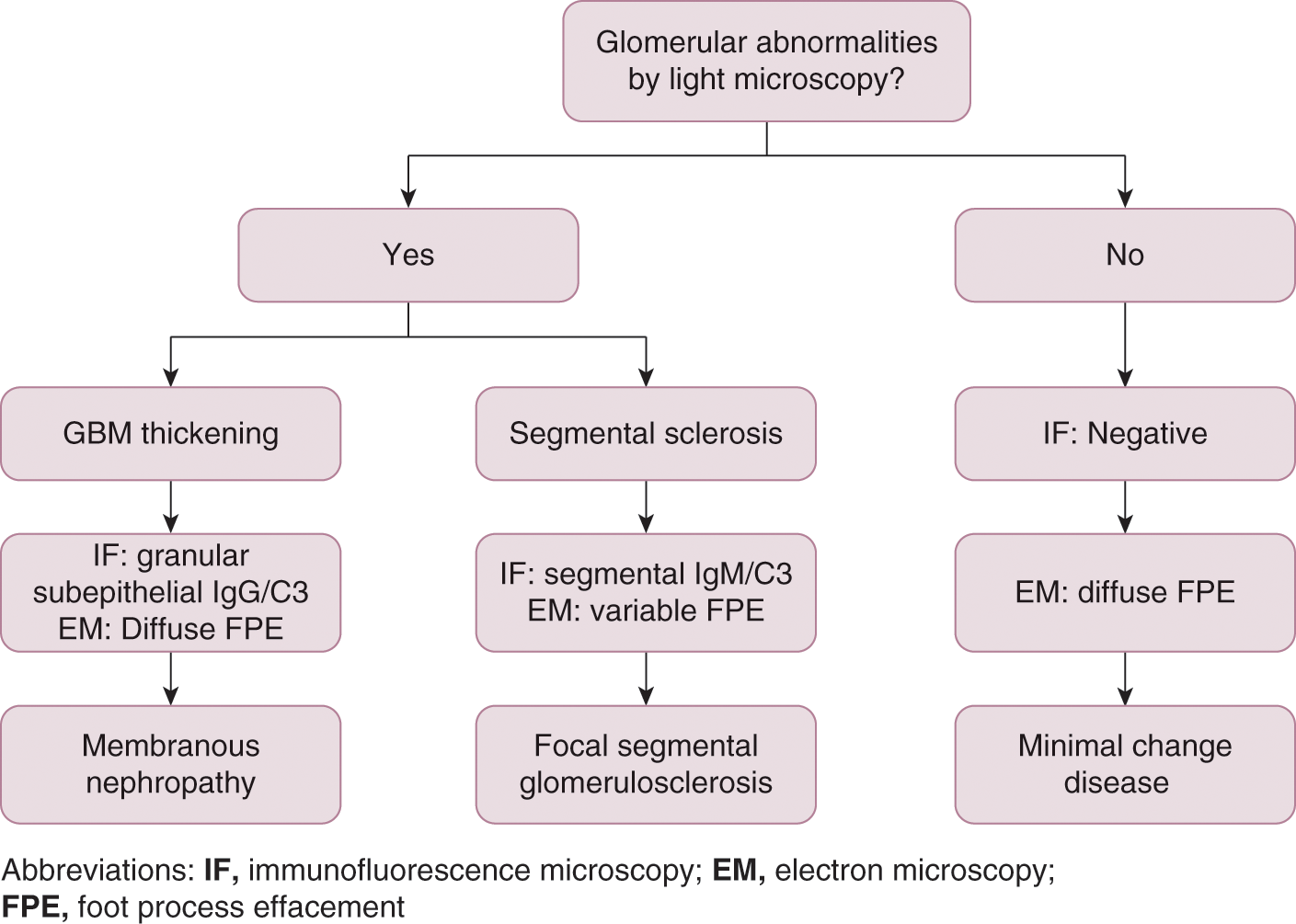
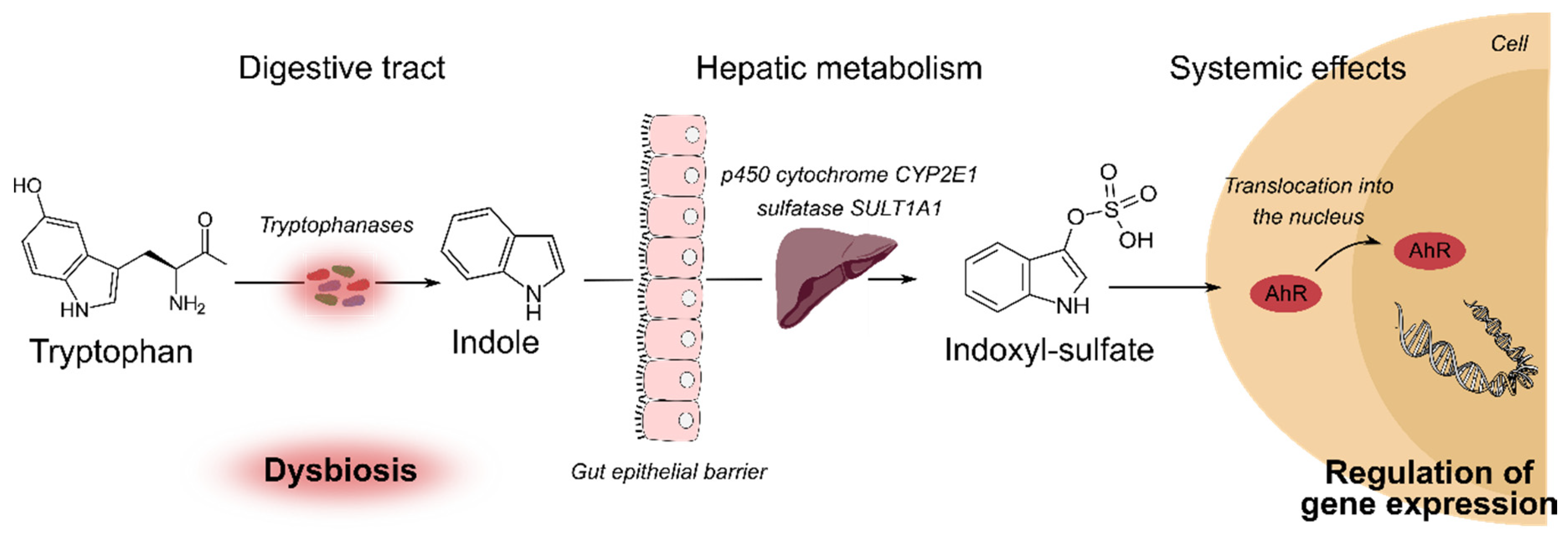
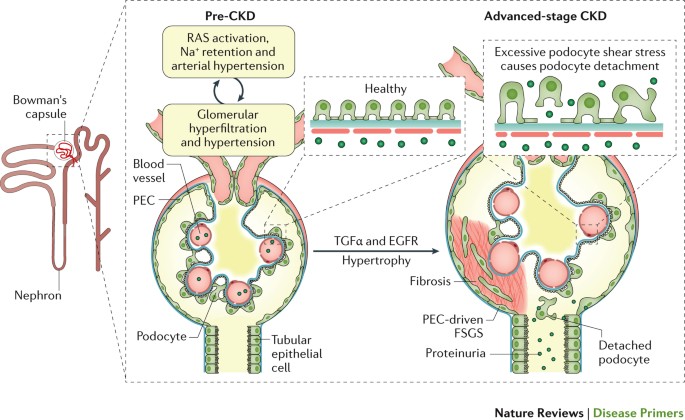


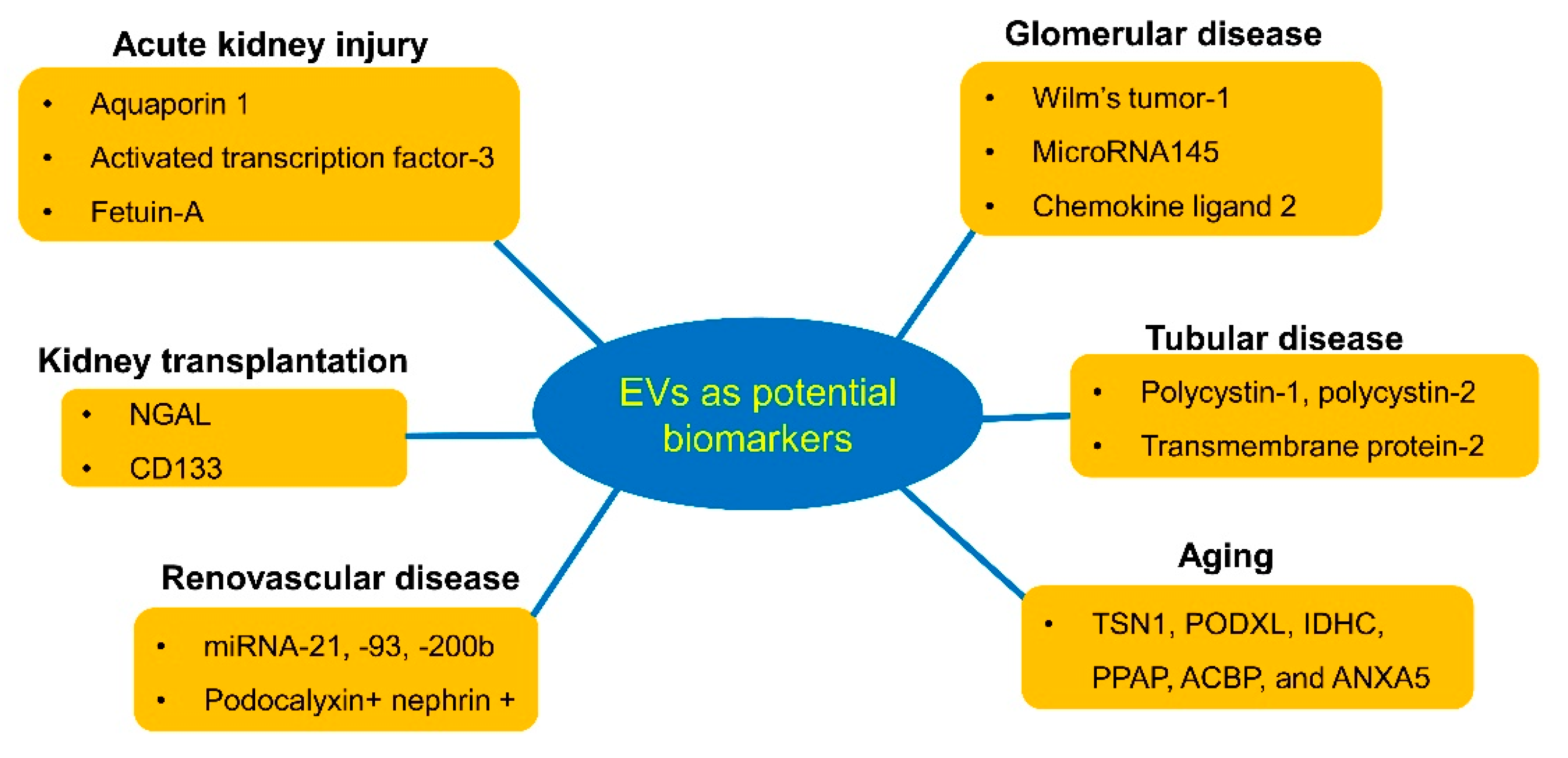


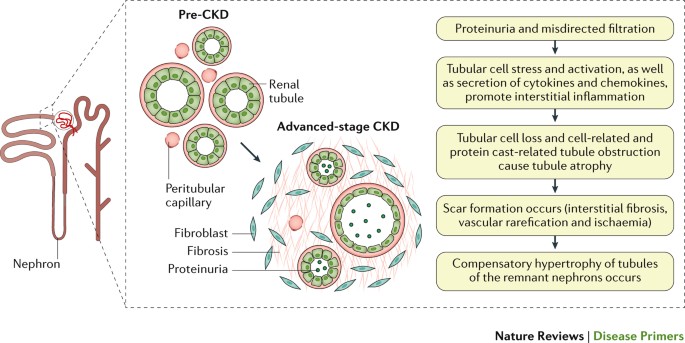
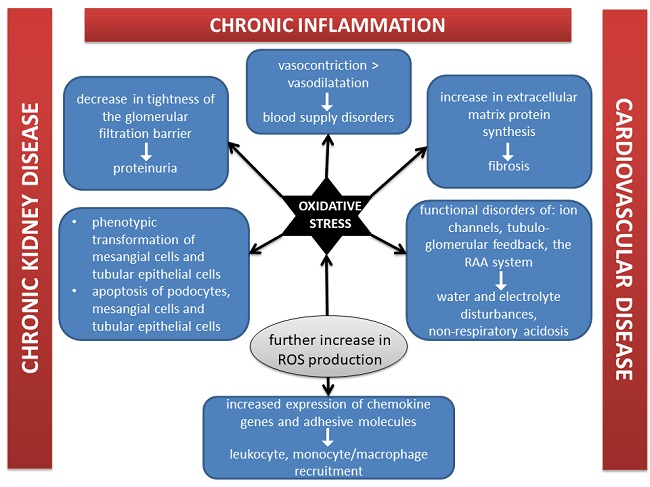




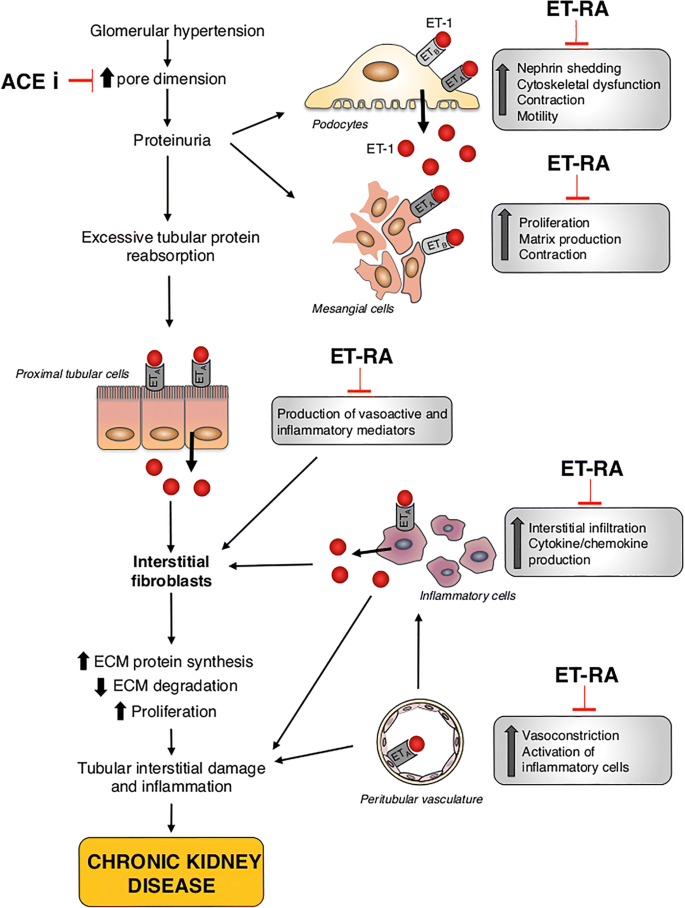

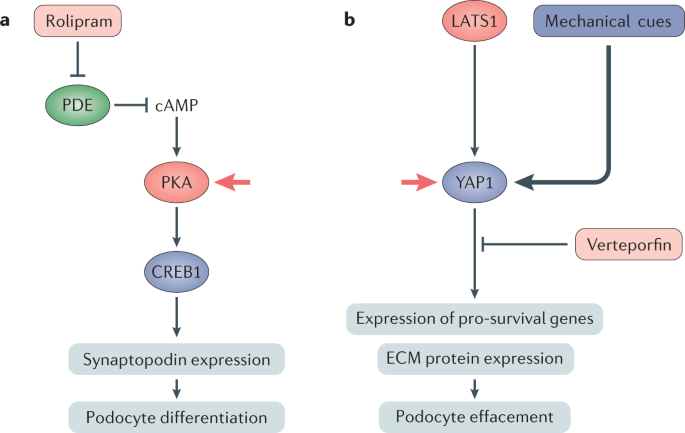


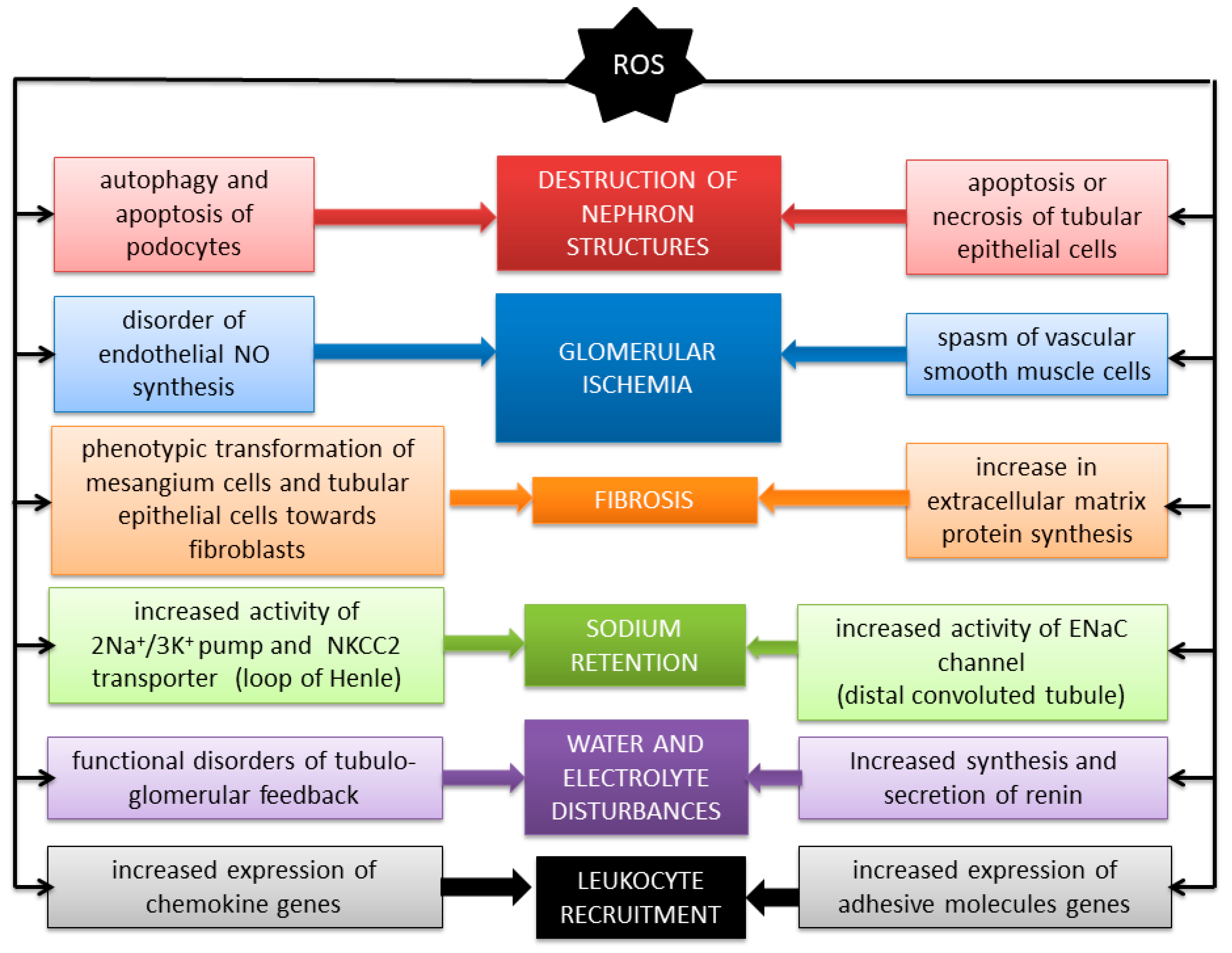
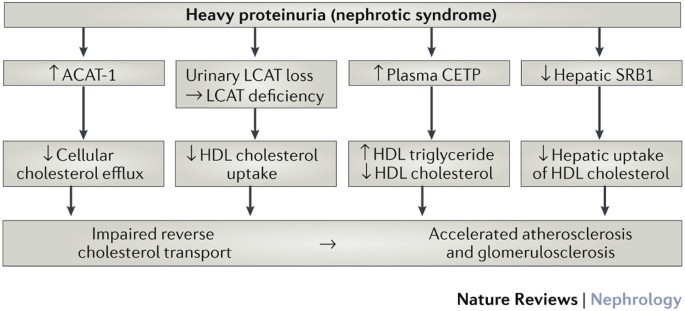
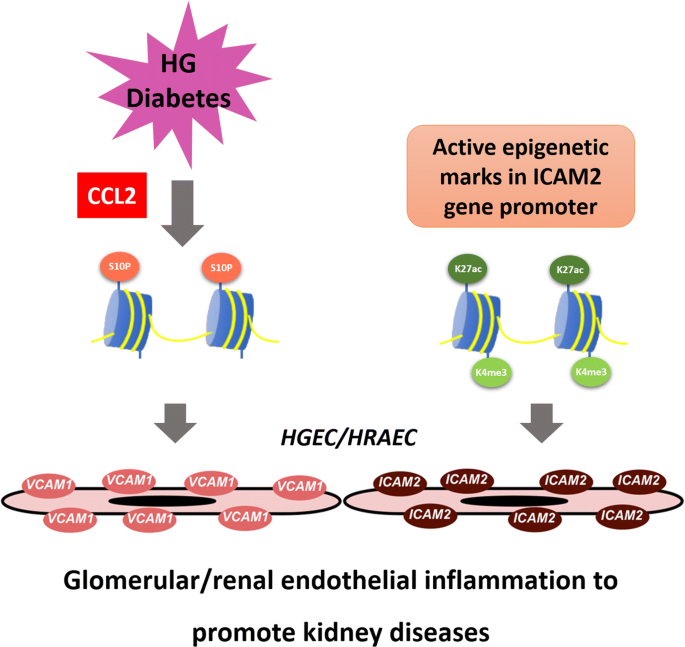
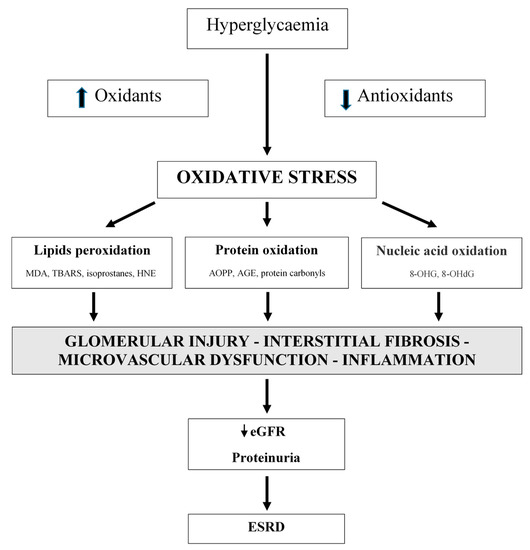
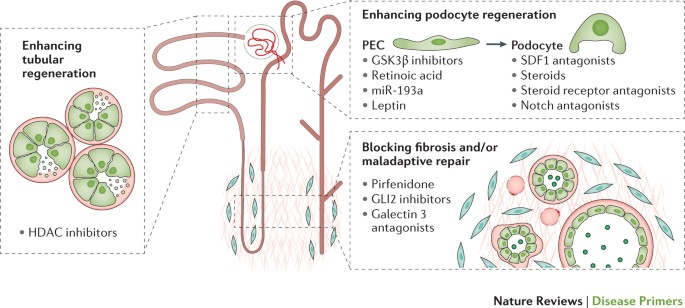


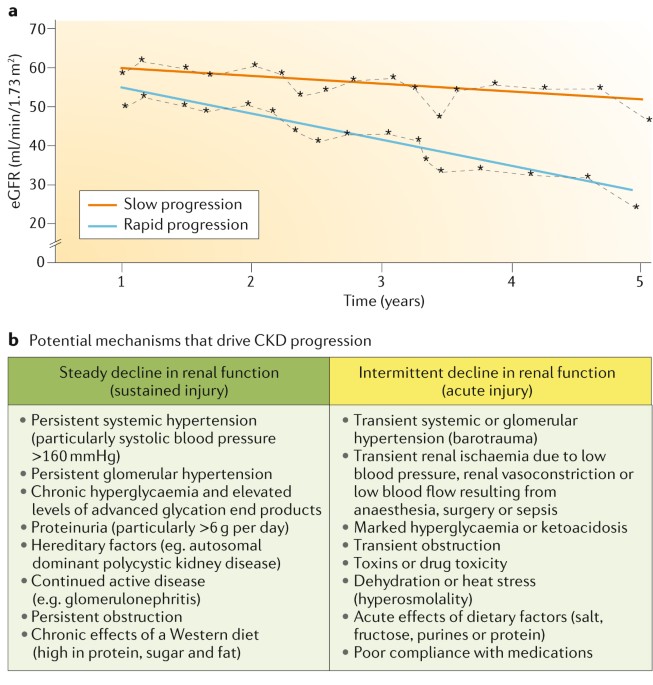
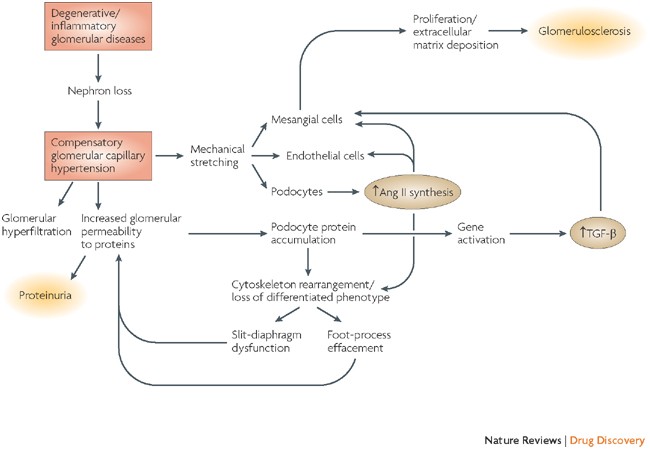






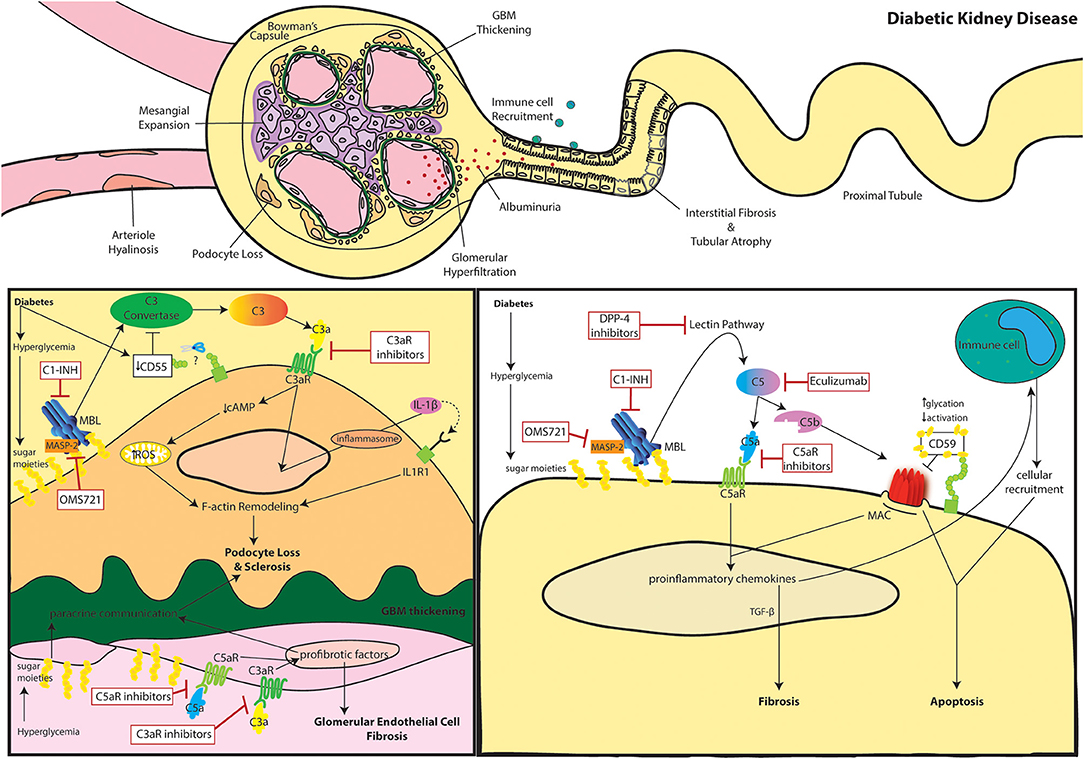

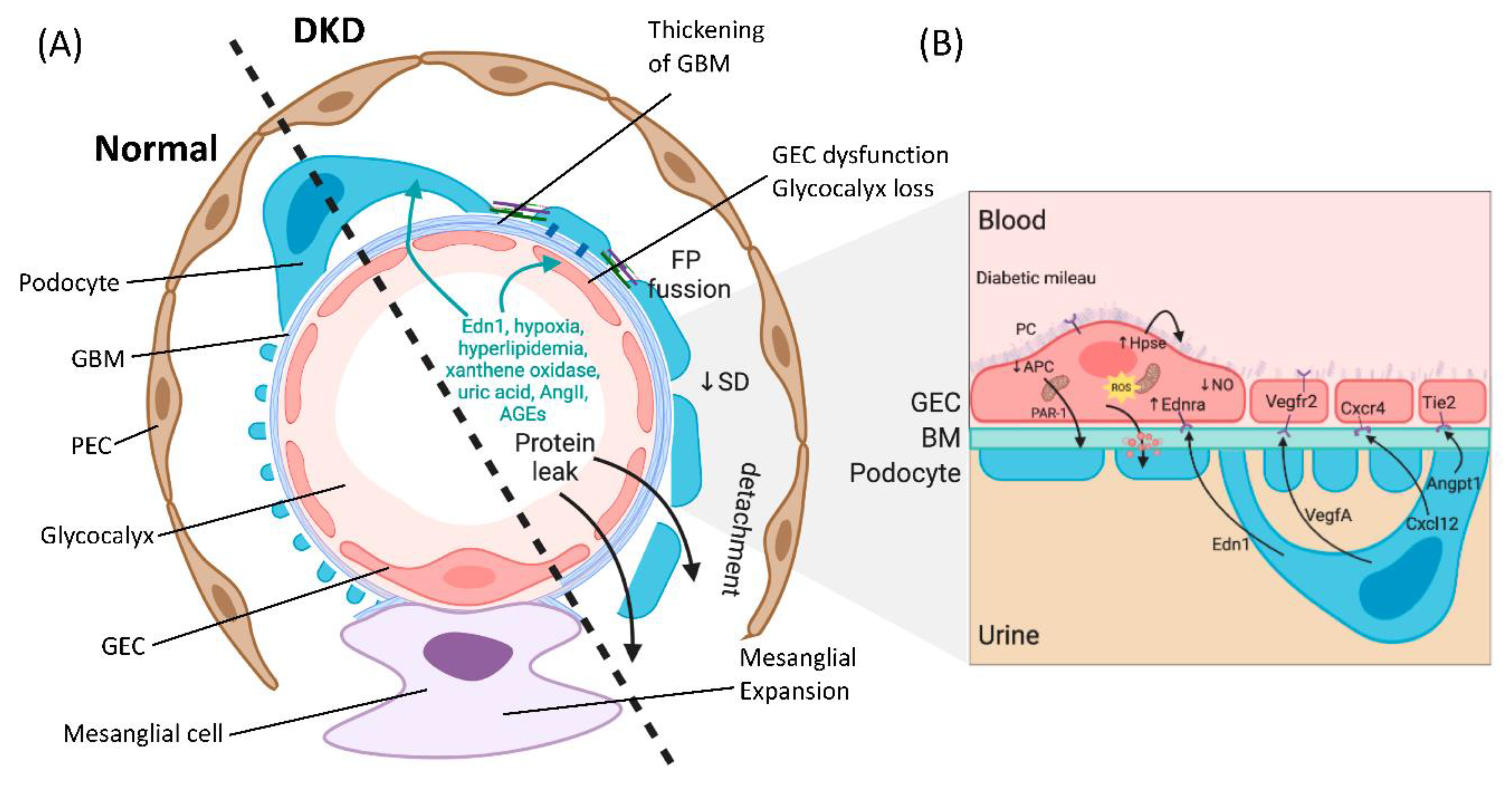
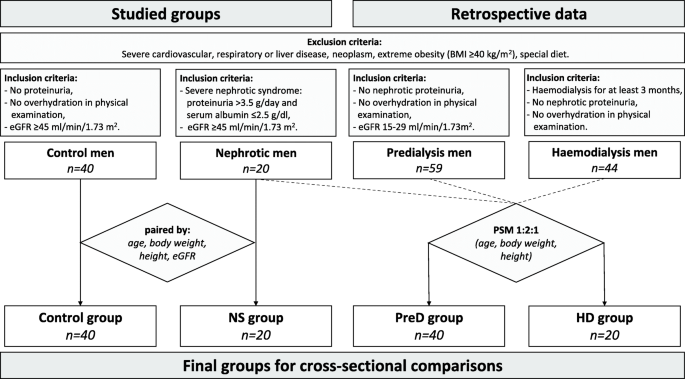
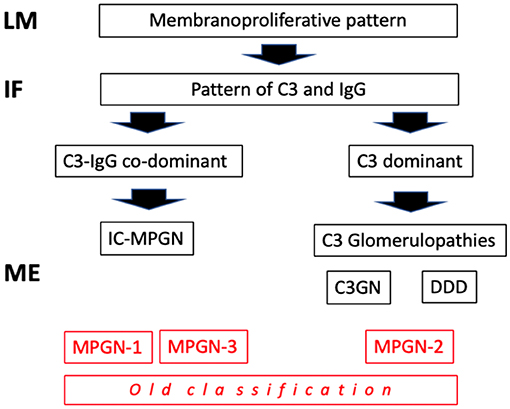

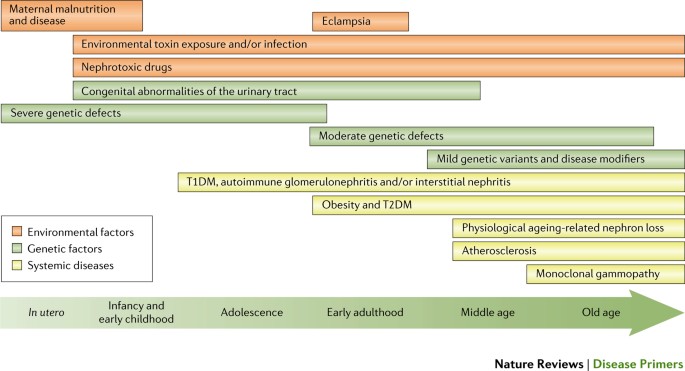

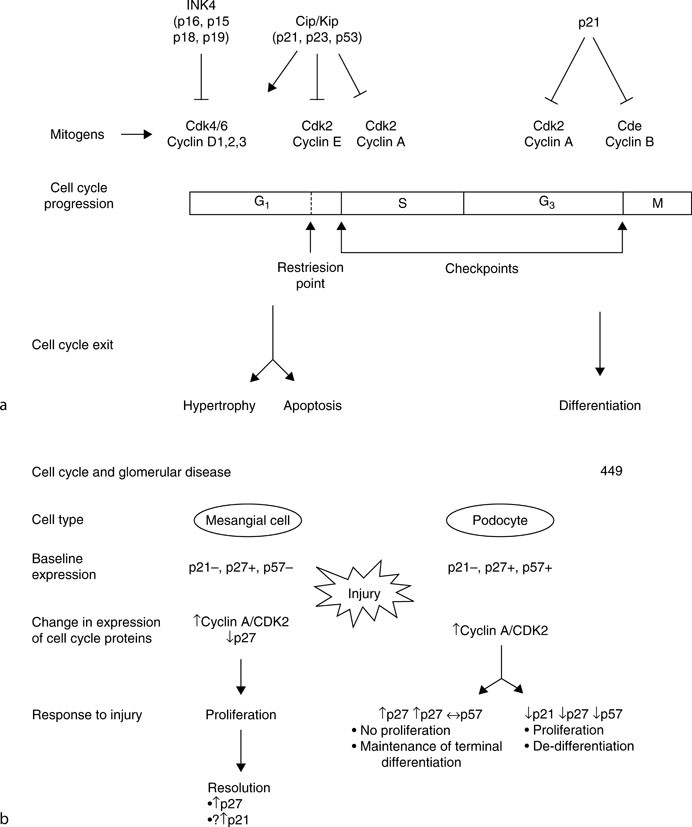
Post a Comment for "A Glomerular Disease With Marked Loss Of Protein Is:"